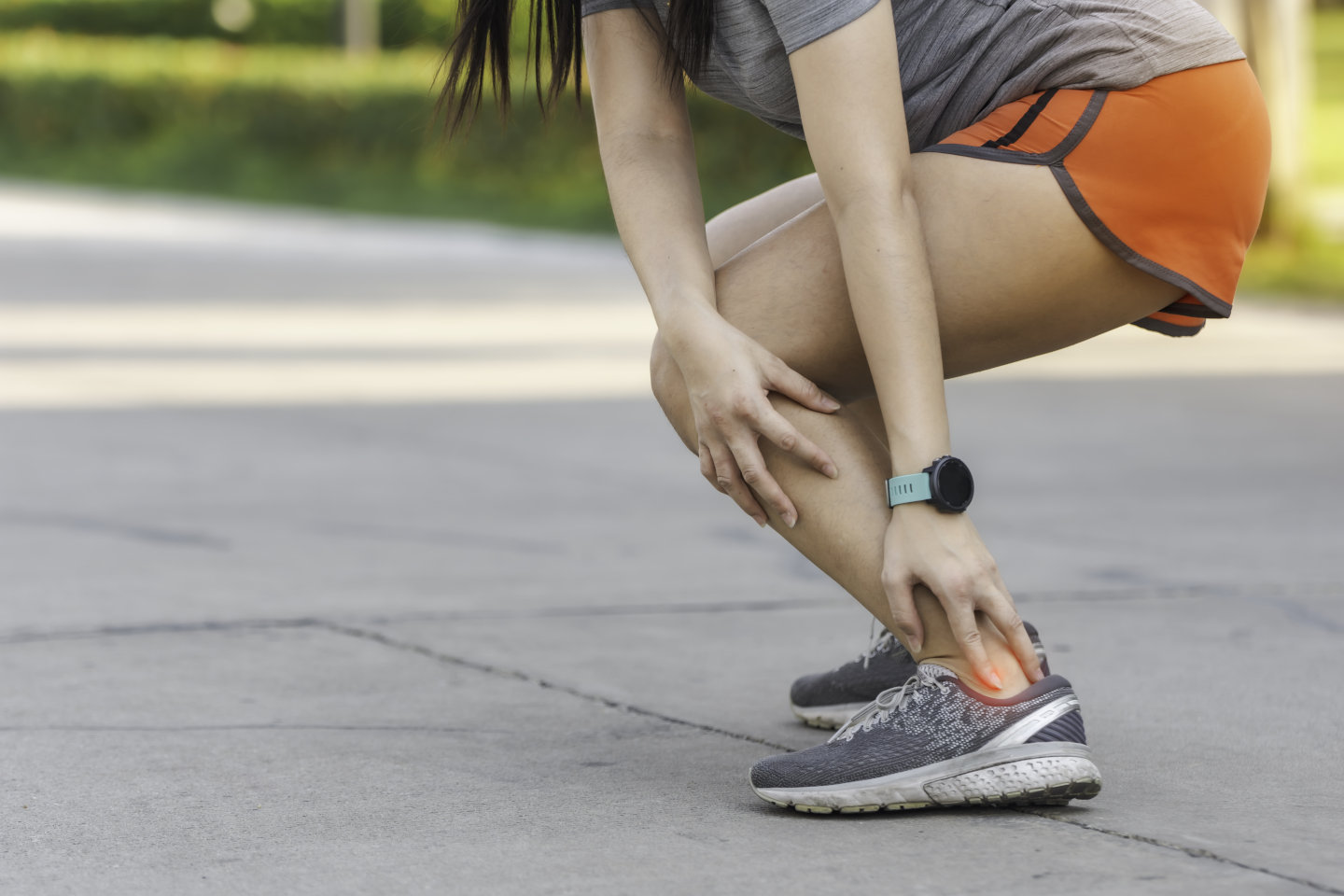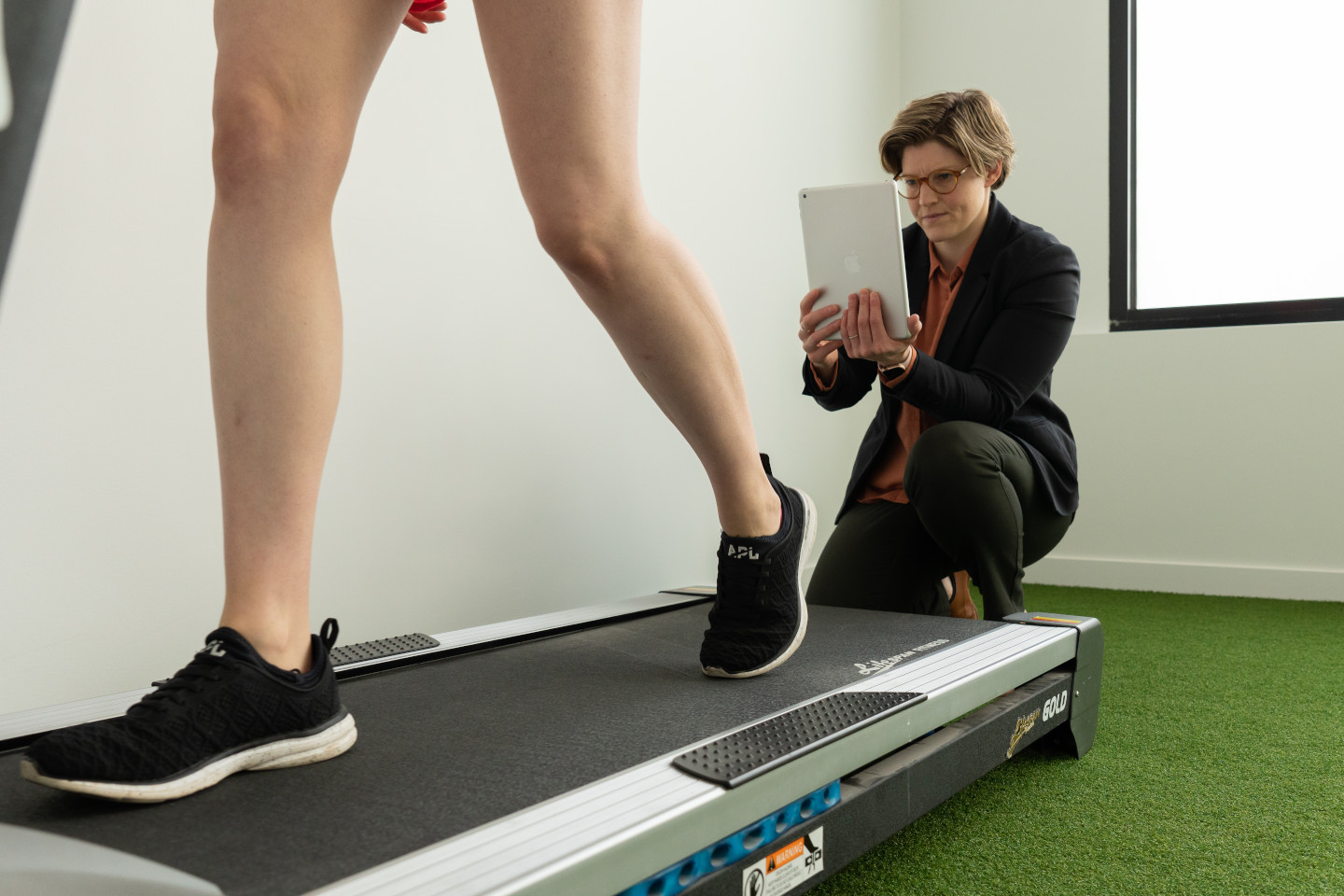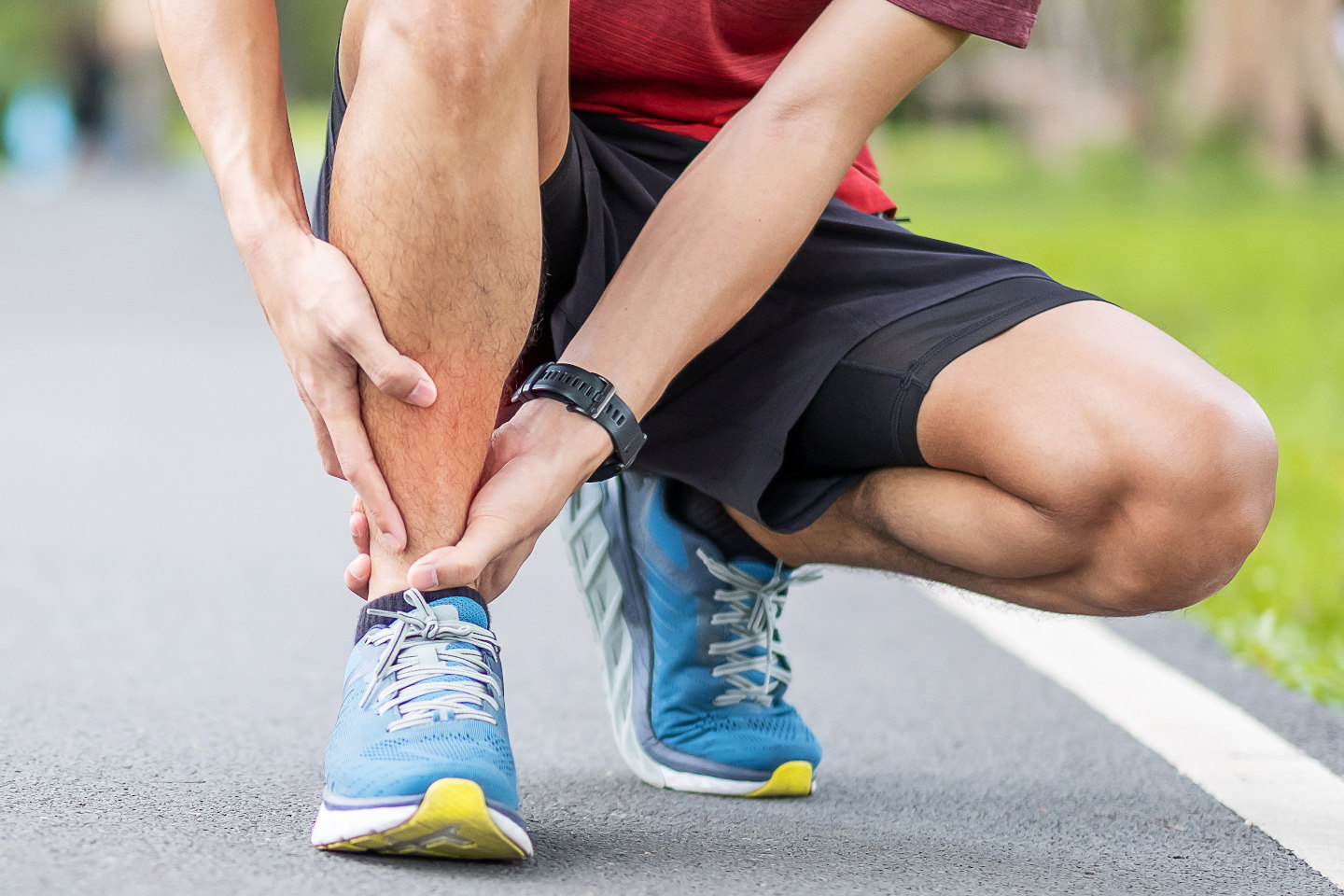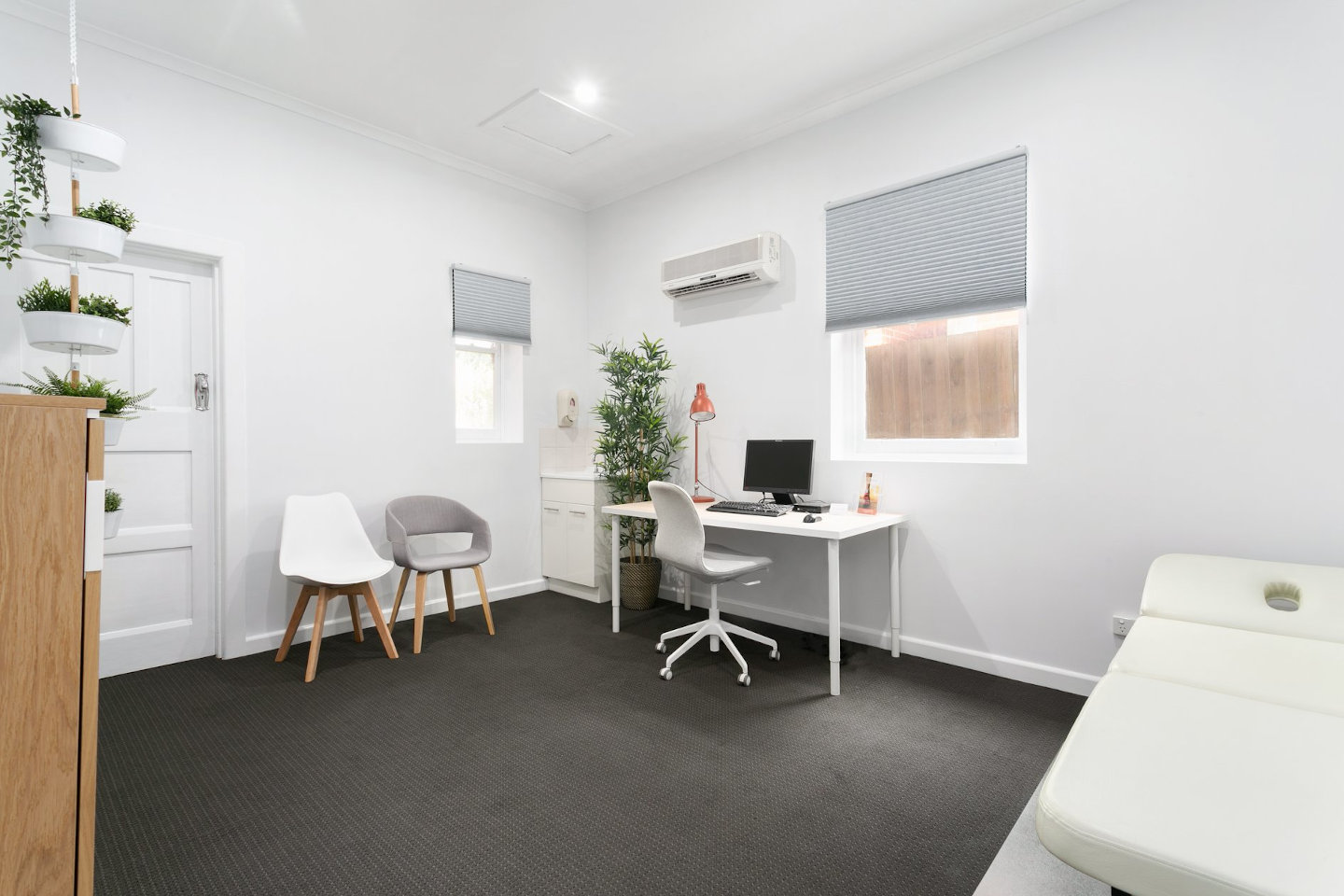Achilles Tendonitis Overview
Achilles Tendonitis is a common condition which causes pain along the back of the leg near the heel. The Achilles Tendon connects your calf muscle to your heel bone and is used for running, jumping and walking. This tendon can become inflamed when it has been overused thus developing Achilles Tendonitis.
There are two types of Achilles Tendonitis:
- Non-insertional (affects the middle portion of the tendon and is more common in younger active people)
- Insertional (affects the lower portion of the tendon where it inserts into the heel
Common symptoms of Achilles Tendonitis include pain and stiffness in the Achilles tendon in the morning, pain in the back of the heel which worsens with activity, thickening of the tendon and swelling in the tendon.
Conservative management may include:
- Heel raises
- Stretches and conditioning
- Custom made orthotics
- Activity modification
- Supportive footwear
To determine the most appropriate treatment for you, we recommend booking an initial consultation to discuss your concerns in more detail.

Achilles Tendonitis Explained
Achilles tendinopathy is a pathological function of the Achilles tendon, covering inflammation of the Achilles tendon as well as tendon dysfunction. It is most commonly caused by overloading or exceeding the capacity of the tendon and biomechanical issues.
Achilles tendinopathy covers:
- Achilles tendinosis: chronically damaged tendon with dysfunctional collagen
- Achilles tendonitis: tendon pain and inflammation of the tendon
Achilles Tendinopathy treatments are available at all Orthotics Plus locations.

Causes of Achilles Tendinopathy
Often the cause is related to load and biomechanics.
Load-related causes are exercise or directly overloading the tendon. Biomechanical causes can be foot posture and extreme tightness of surrounding muscles such as the calf.
An individual’s capacity to heal and recover (influenced by age and lifestyle factors) can also affect the development of this condition. Other conditions, such as plantar fasciitis can also increase the risk of Achilles tendinopathy.
Achilles tendinopathy is generally slowly acquired, where an individual will develop a mild case with symptoms that increase in intensity over time to the point where the condition becomes chronic. However, it can occur after one intense training session or after a particular activity.

Symptoms Related to Achilles Tendinopathy
Achilles tendon pain: localised at the back of the heel, whether it’s at the insertion level, where the Achilles tendon attaches to the calcaneum, or what we call non-insertional, which is higher up in the body of the tendon.
This pain is usually at its peak before performing exercise and in the immediate follow-up (cooldown) and will worsen if exercise is continued.
Inflammation: a visible physical swelling of the area.
Impairment: of activities involving ambulation

How Does Orthotics Plus Treat Achilles Tendinopathy?
The key to managing any tendon injury is identifying the correct amount of load required to facilitate healing and strengthening. Overloading the tendon will exacerbate the condition whereas not providing enough load will not address the root cause and help restore functionality.
If you are in the inflammatory stage of Tendonitis, we will often suggest reducing loading and exercises which cause flare-ups.
The specific treatment plan will vary depending on the individual and the specific factors that have contributed to the development of their condition.
The patient’s footwear would also be reviewed to ensure that there is both stability and cushioning if required. We endeavour to ensure that your footwear and what’s in your footwear is most appropriate for you and your occupation as well as your lifestyle.
Additional management strategies could involve heel raises (a wedge of medium-density material inserted into the shoe under the heel) to try and reduce some of the stretch and the pull on the tendon.
Depending on whether there is a biomechanical component to the condition (such as poor foot posture or flat feet) we would often consider fitting orthotics. In severe chronic cases sometimes we prescribe a moon boot with wedges for immobilization to allow for complete healing before the implementation of condition-specific exercises.


How Long is Recovery for Achilles Tendinopathy?
The specific recovery period can vary considerably depending on the severity of the condition, how chronic it is and the assessment findings from a Physiotherapist.
As it can be a chronic condition, the rehabilitation pathway is in some ways parallel to that.
Common Comorbidities
There is limited evidence to suggest that Achilles tendinopathy is a direct cause of Achilles ruptures but rather a weak tendon is more likely to rupture if progressively overloaded with no management.
A more common comorbidity is plantar fasciitis. Plantar fasciitis is caused or partly caused, from tightness in the plantar fascia and tightness in the calf or the Achilles tendon as well as excessive loading. As such, sometimes we see that patients have both Achilles tendinopathy and plantar fasciitis.

Who is at Most Risk of Acquiring Achilles’ Tendinopathy?
Highly active people
People who are not at a healthy weight
Individuals who have too rapidly returned from a sedentary to an active lifestyle (this is the most common factor)
Diagnoses
Often patients present with Achilles pain and overt swelling in the region. This may be enough for a diagnosis in the majority of cases, but this can be confirmed with an ultrasound of the tendon.

Contact Orthotics Plus for Achilles Treatment
Orthotics Plus is an evidence-based healthcare provider.
- We prescribe a range of interventions for Achilles tendinopathy
- We are able to refer you to a Physiotherapist for multidisciplinary care
- We suggest people will need to visit approximately 1-3 times in total, depending on the treatment pathway
- Our clinicians are friendly, caring and qualified
Please use our clinic locations page to make your enquiry.
